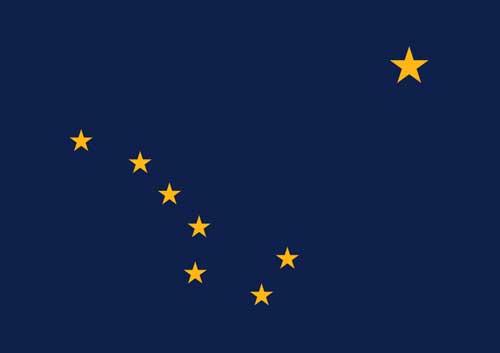Daycare in Alaska is characterized by higher-than-average costs due to unique logistical and operational challenges. Urban areas like Anchorage and Fairbanks typically have more daycare options, with weekly fees ranging from $250 to $300 for infant care. In rural and remote areas, costs may be lower but availability is often extremely limited, impacting parents’ access to reliable childcare.

Daycare fees in Alaska are influenced by various factors:
These factors result in daycare costs that are among the highest in the nation, with accessibility being a persistent challenge.
Alaska’s daycare services include essential components to ensure quality care:
These elements ensure the provision of high-quality childcare but underscore disparities in access and affordability, especially outside urban areas.
The state of Alaska implements several policies to support childcare accessibility:
While these measures provide financial relief, the state faces challenges in addressing workforce shortages and the unique logistical demands of rural childcare.
Daycare costs in Alaska exhibit significant regional differences:
The disparity between urban and rural areas highlights the critical need for expanded access to licensed daycare across the state.
Alaska’s daycare system faces unique challenges due to its geography and workforce needs. Urban areas like Anchorage offer higher-quality services but come with elevated costs and demand. Rural communities often struggle with limited access and fewer licensed providers. Addressing these disparities through subsidies, workforce development, and innovative solutions is essential for ensuring equitable childcare across the state.